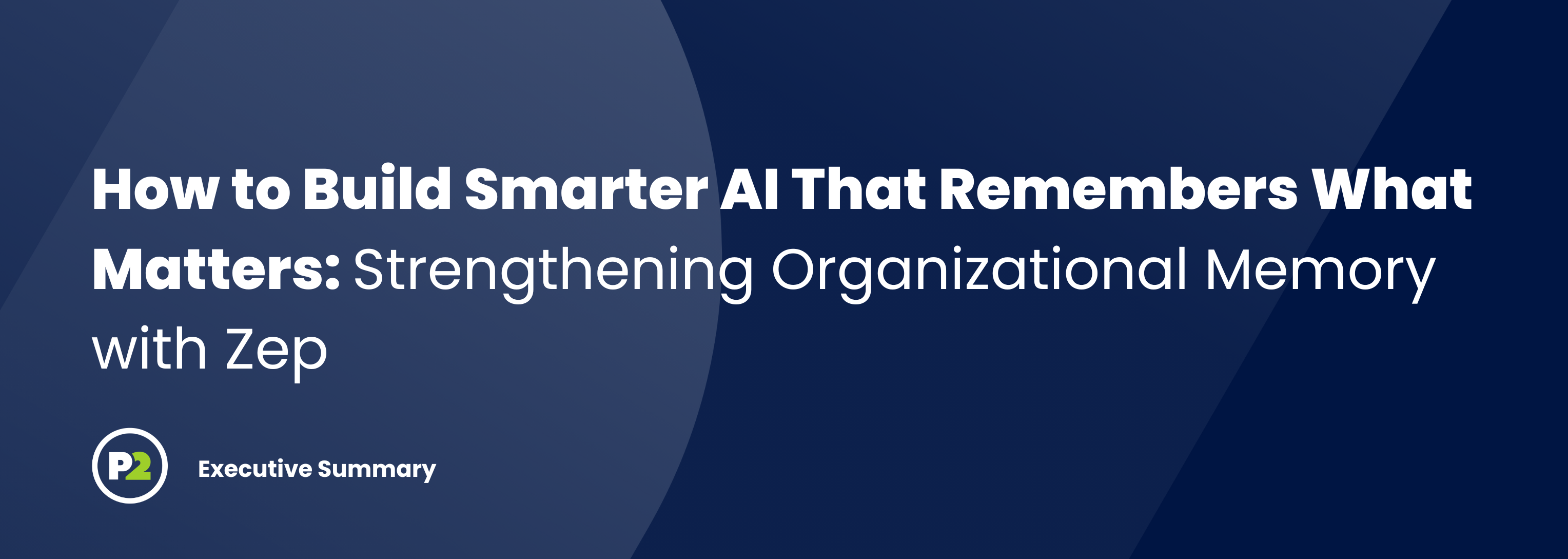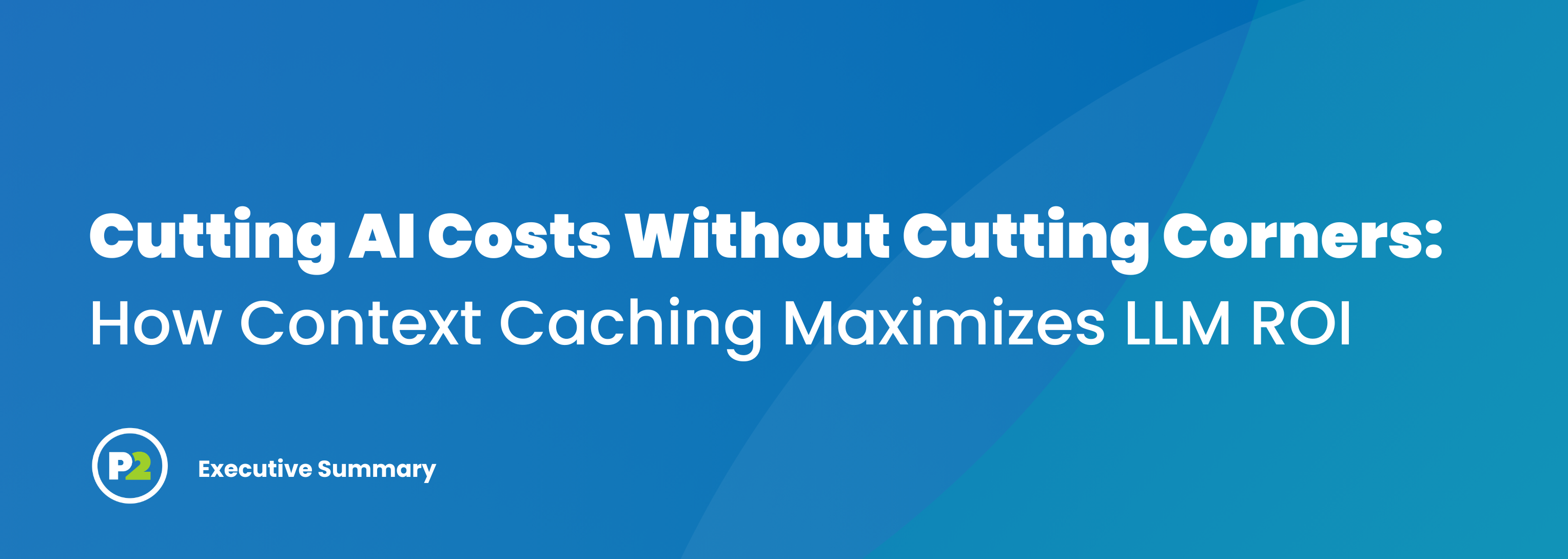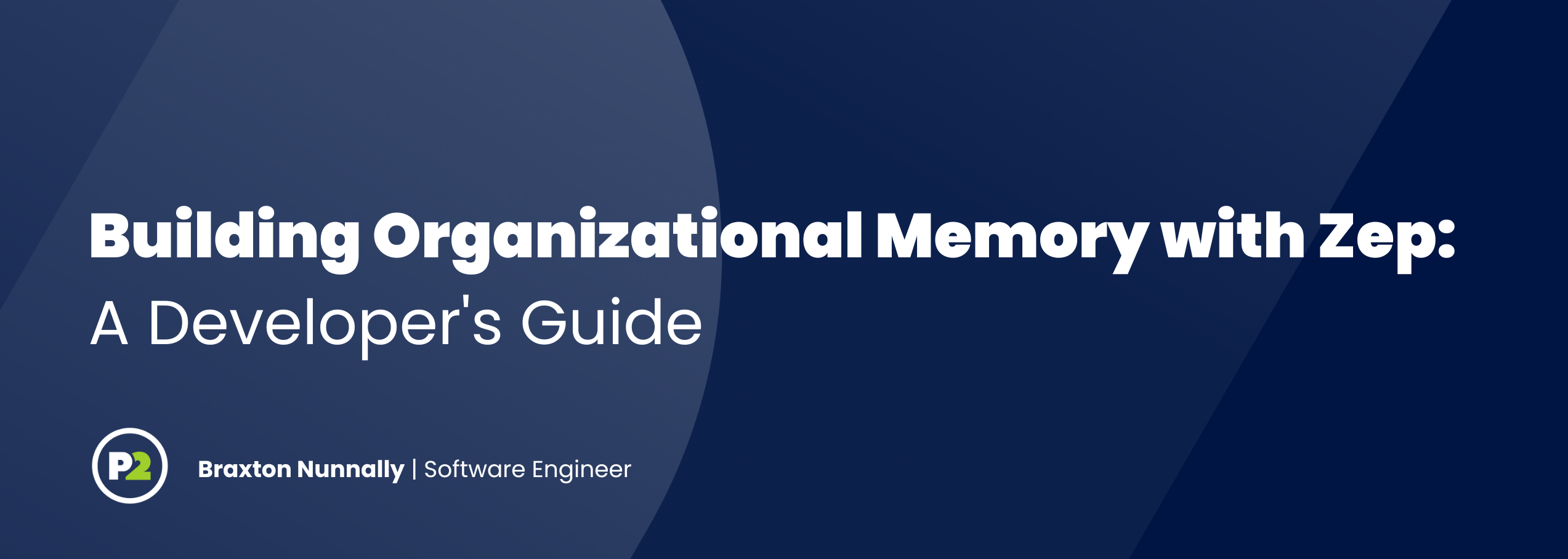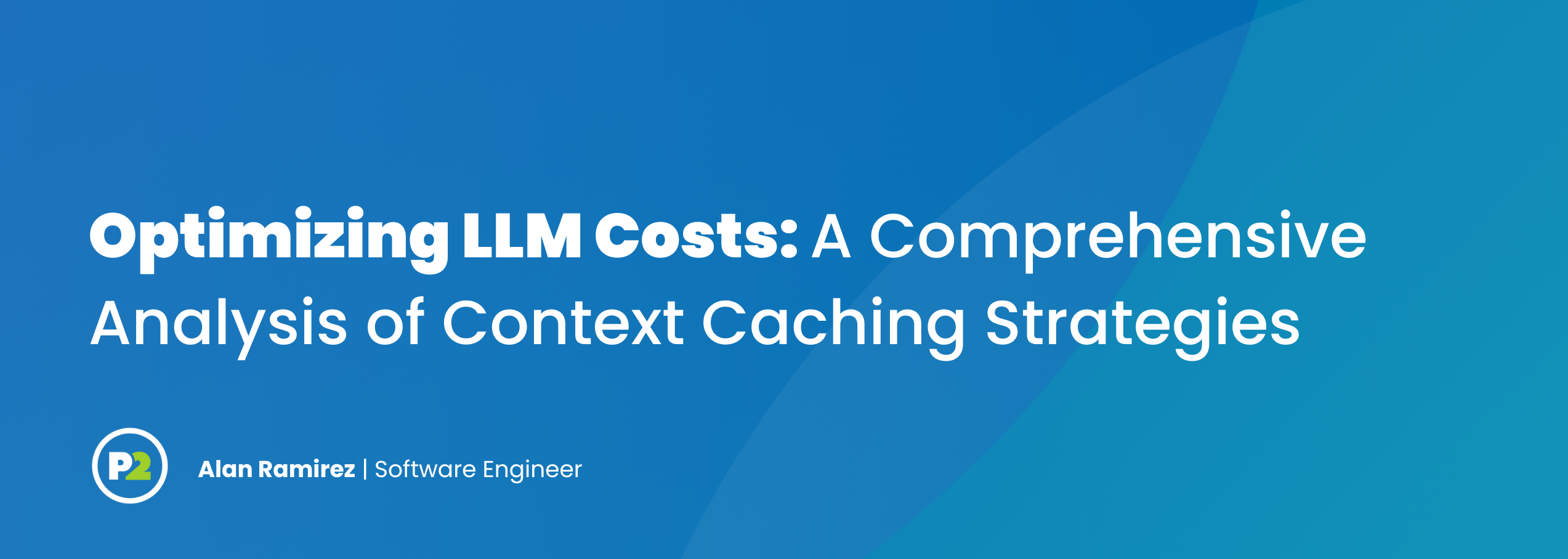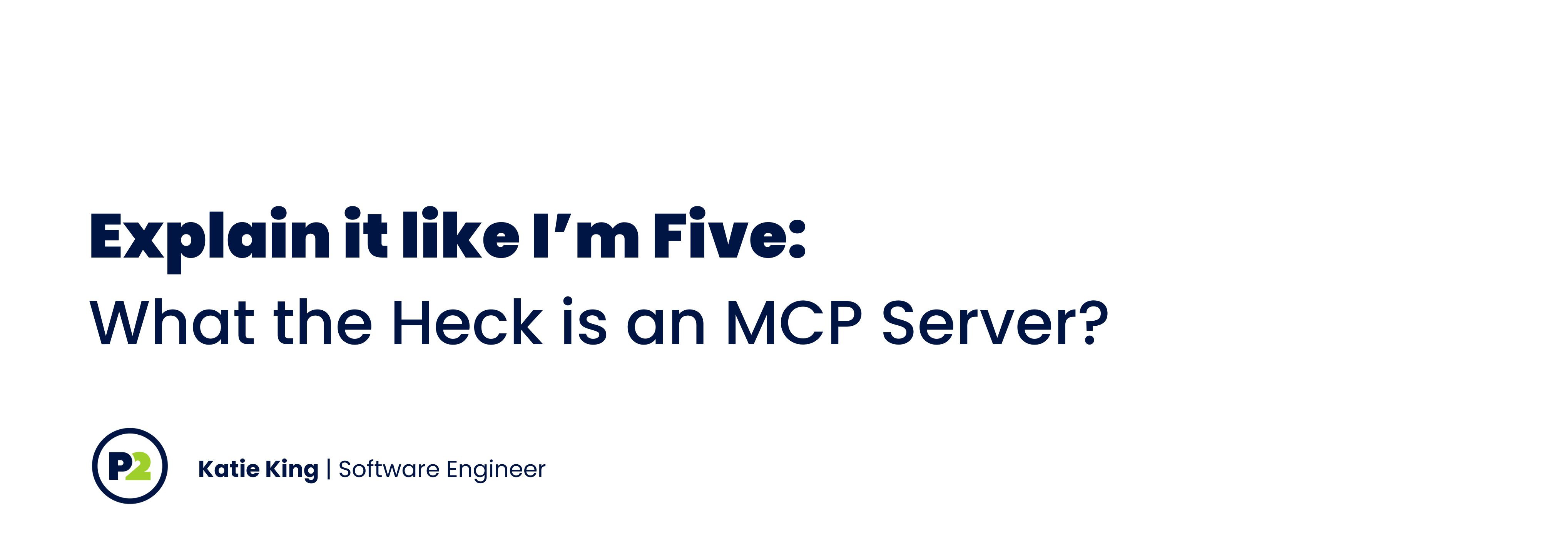How to Build Smarter AI That Remembers What Matters: Strengthening Organizational Memory with Zep
In a recent exploration by Braxton Nunnally from Phase 2 Labs, it was examined how Zep—a memory management tool—can help AI systems retain and recall important information over time. This kind of “organizational memory” allows AI to move beyond one-off interactions and instead offer consistent, informed responses that build on past context. Common Business Pain Point: "Our AI tools don’t retain context or past interactions—users repeat themselves, teams lose knowledge, and we miss opportunities to respond more intelligently." What the Team Learned: AI Needs...
Read Post
